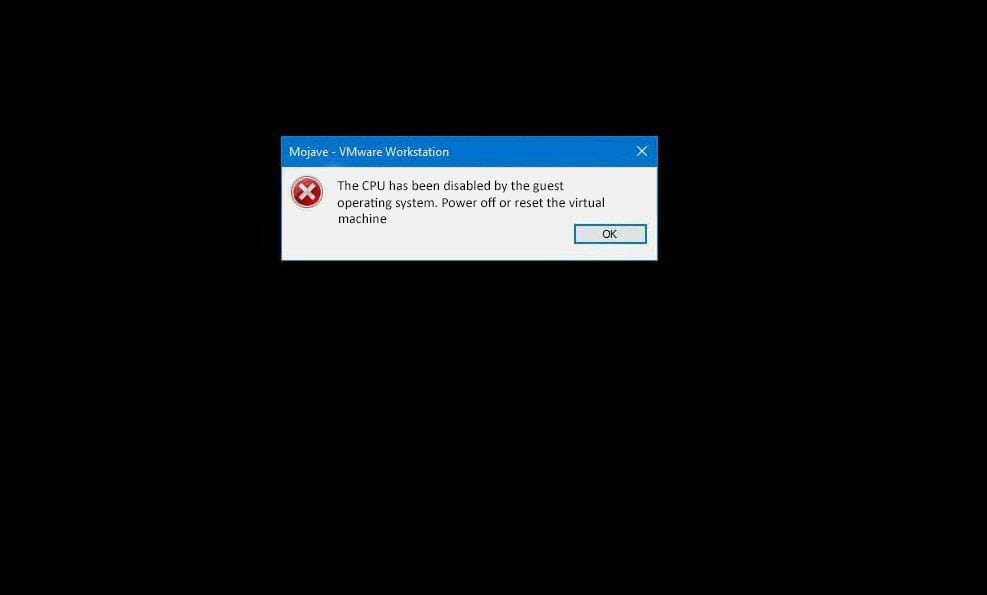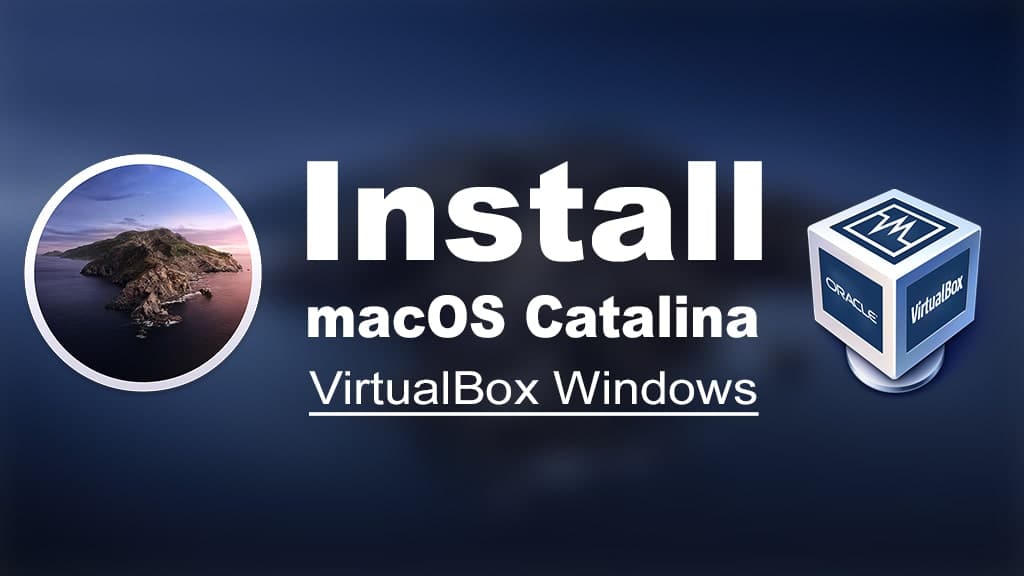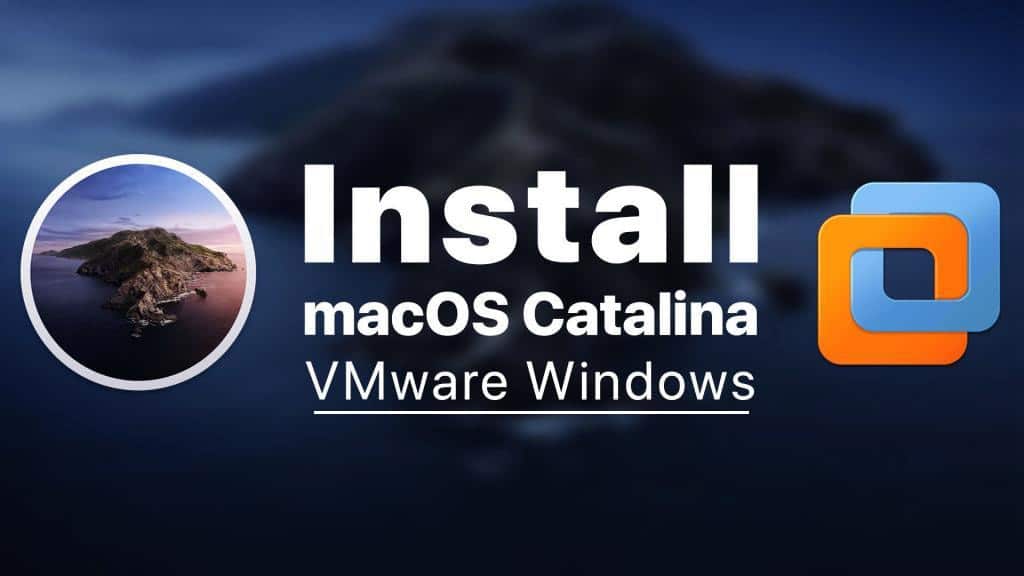We have compiled a comprehensive guide on how to list, start, and stop Docker containers in a highly effective manner. Docker is a powerful containerization platform that enables developers to deploy, run, and manage applications in a highly scalable and efficient manner. In this article, we will explore how to list, start, and stop Docker containers in a step-by-step manner, providing you with all the information you need to get started.
Table of Contents
Understanding Docker Containers
Before diving into how to list, start, and stop Docker containers, it’s essential to understand what Docker containers are and how they work. A Docker container is a lightweight and standalone executable package of software that contains everything needed to run the application, including code, libraries, and system tools. Docker containers are highly portable, as they can run on any host machine that supports Docker.
Listing Docker Containers
The first step in managing Docker containers is to list the running containers on your system. To do this, open a terminal window and run the following command:
docker ps
This will display a list of all the running containers on your system, including their container IDs, image names, and status.
If you want to list all the containers on your system, including the stopped ones, you can use the following command:
docker ps -aThis will display a list of all the containers on your system, including the stopped ones.
Starting Docker Containers
To start a Docker container, you need to know its container ID or name. To start a container, run the following command:
docker start [container ID or name]
This will start the container and return its container ID.
Stopping Docker Containers
To stop a running Docker container, you need to know its container ID or name. To stop a container, run the following command:
docker stop [container ID or name]
This will stop the container and gracefully shut it down.
Conclusion
In conclusion, Docker is a powerful containerization platform that allows developers to deploy, run, and manage applications in a highly scalable and efficient manner. In the crypto space its highly utilized for running nodes on a network. CryptoJar has a post on Streamr nodes demonstrating this case. In this article, we explored how to list, start, and stop Docker containers in a step-by-step manner. We hope that this guide has provided you with all the information you need to get started with Docker containers.















